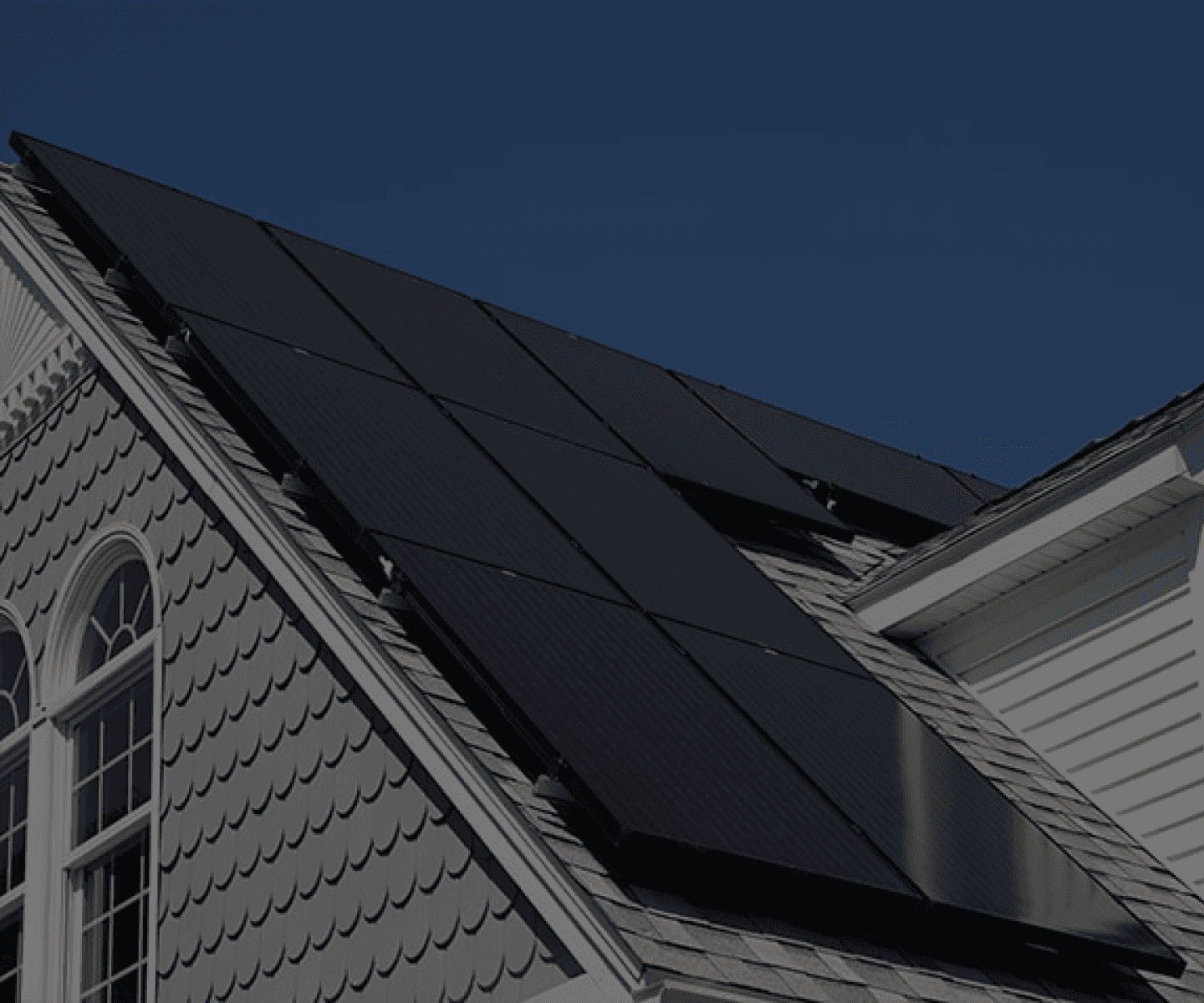Solar Inverter Location: 3 Tips to Power Your Inverter For Years

Solar inverters have one job, but it’s a critical one: to convert the DC power from the solar panels into usable AC power for your home. You’ll want your inverters to last as long as possible to avoid running into problems with your solar system.
To ensure your inverters work hassle-free for years to come, we’re sharing three crucial tips that you need to know as you install your solar array. Let’s dive in!
Tip #1: Choose the Best Location for Your Solar Power Inverter
Inverter mounting location is an essential factor in the longevity of your inverter. Here are a few things to consider.
Indoor vs. Outdoor
Typically, grid-tie inverters are designed for outdoor installation, while traditional battery-based inverters must be installed indoors. To find out if you can install an inverter outdoors, look at the NEMA rating.
A NEMA rating of 1 indicates that you must install the inverter indoors in a dust-free environment. Dirt or rain will likely cause the inverter to fail.
Solar inverters with a NEMA rating of 3, 3R, 4 and 4X are suitable for outdoor use. You can install these inverters both indoors and outdoors, allowing you to choose the best inverter location based on other aspects of your installation.
Sunlight
Even if your inverter has an outdoor NEMA rating, you should never install the inverter in direct sunlight. This can cause the inverter to overheat frequently, shortening its life span.
Ventilation
Choosing an inverter mounting location in a well-ventilated area is best, as this can also prevent and mitigate overheating.
Clearances
When looking at potential solar inverter locations, consider the manufacturer’s required clearances for proper heat dissipation, which is typically 4 to 8 inches on all sides of the inverter. Double-check your inverter’s installation manual for specific clearances required for the model you are installing.
Also, don’t forget about the NEC code that requires 36 inches of clear working space in front. A narrow passageway or other cramped space would not be an ideal location for your inverter.
Proximity to Solar Panels and Point of Interconnection
Another factor to consider when choosing an inverter mounting location is its proximity to the solar array and the interconnection point (typically in the main service panel).
If there is too much distance between the inverter and the main service panel, you might experience voltage drop issues. This will not damage the inverter but can hinder the inverter’s performance and cause lower system production.
A Note on Microinverter Location
Microinverters are placed under solar panels, so only some of the tips above are relevant. All microinverters have outdoor NEMA ratings, and due to the nature of their installation, microinverters won’t receive exposure to direct sunlight.
The 36” working space clearance does not apply to microinverters but keep in mind there are manufacturer-required clearances that you should be aware of. Make sure to read your installation manual so you can pass your inspection correctly.
Tip #2: Design Your Solar System Correctly
High voltage, current or power can damage your string inverter or microinverter. Refer to the maximum allowable volts, amps and watts that the inverter can handle by checking the specification sheet and manual. It is up to you (or the folks who help you design the system) to ensure you don’t exceed those parameters.
An important note about system design is that solar panel voltage increases in colder temperatures. You’ll have to do some math for temperature correctionto keep the voltage in check.
Lastly, keep in mind that voltage adds up when you wire solar panels in series. The amps also add up when you wire solar panels in parallel.
Tip #3: Monitor Your System
Beyond installation, you must continue to monitor your system regularly to keep tabs on the health of your inverter (and solar array overall). Investing in a quality monitoring system is one of the best things you can do to maintain the longevity of your solar system.
You should be able to set up monitoring through your inverter’s manufacturer (note that you’ll likely have to purchase additional parts). A monitoring system will alert you at the first sign of trouble, allowing you to correct the problem immediately instead of waiting too late before you notice something is wrong.
Keep Your Inverter Humming For Years to Come
If these tips seem a bit daunting, don’t worry. Installing and configuring a solar panel system for your home can be a complex task, but GoGreenSolar is here to help!
The experts at GoGreenSolar are veterans in DIY solar installations and can help you choose the best location for your solar inverter. They’ll also design your custom solar system to a tee and walk you through the installation process from start to finish, so you can avoid all the pitfalls that could shorten the life of your inverter and system.
All solar panel kits from GoGreenSolar include FREE solar monitoring. You’ll have everything you need to ensure your inverter runs smoothly and produces the necessary power for your home.






